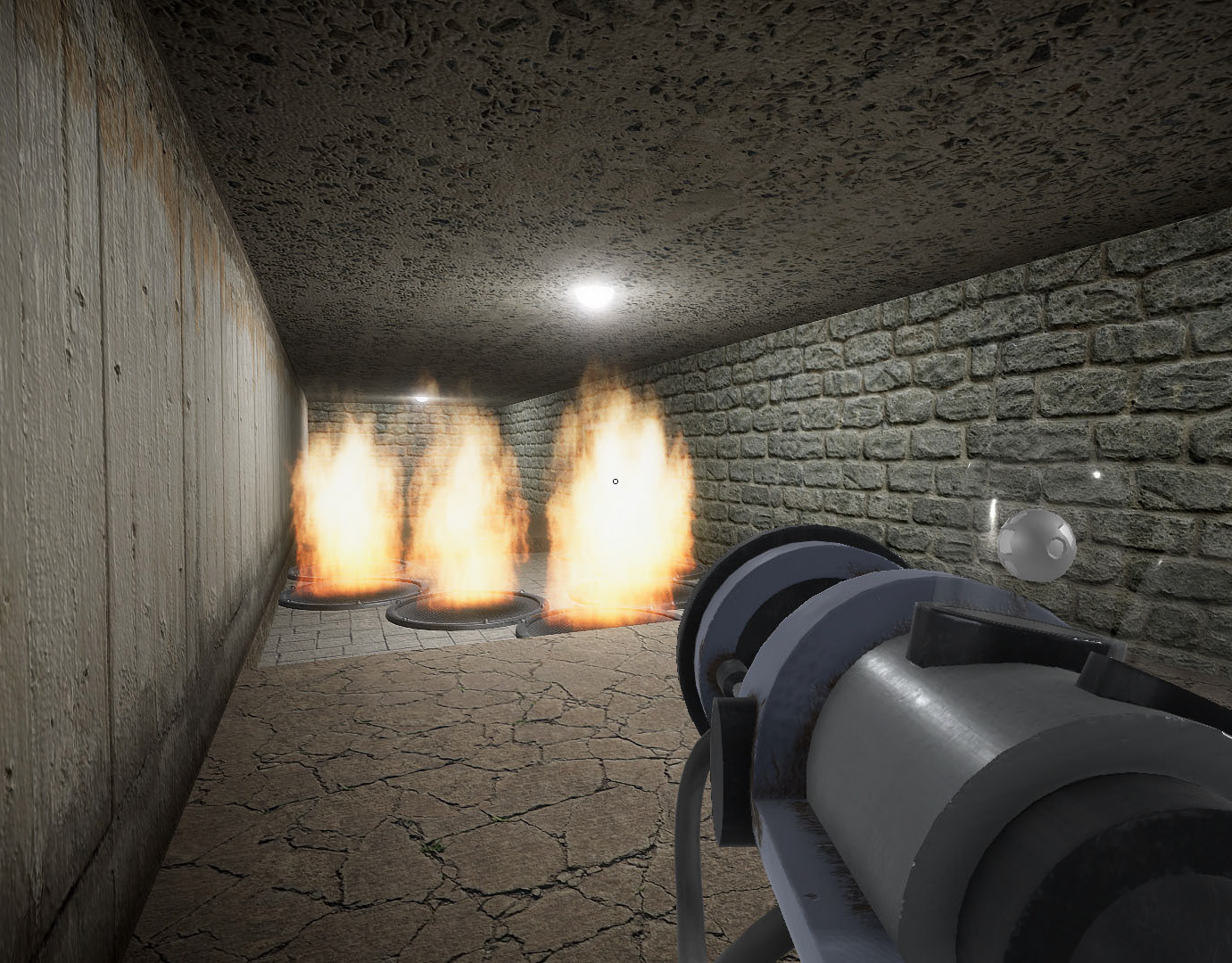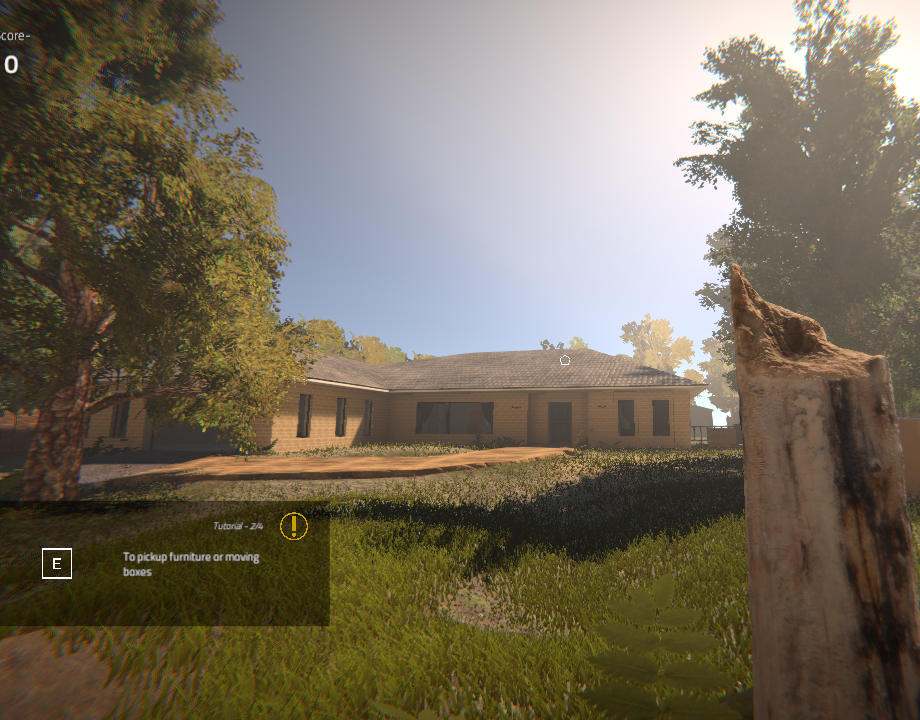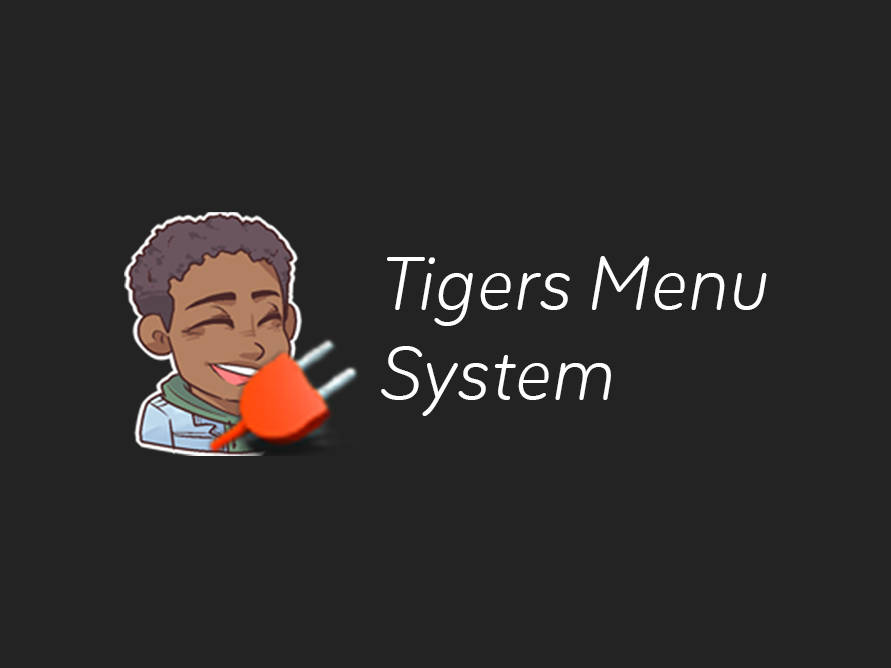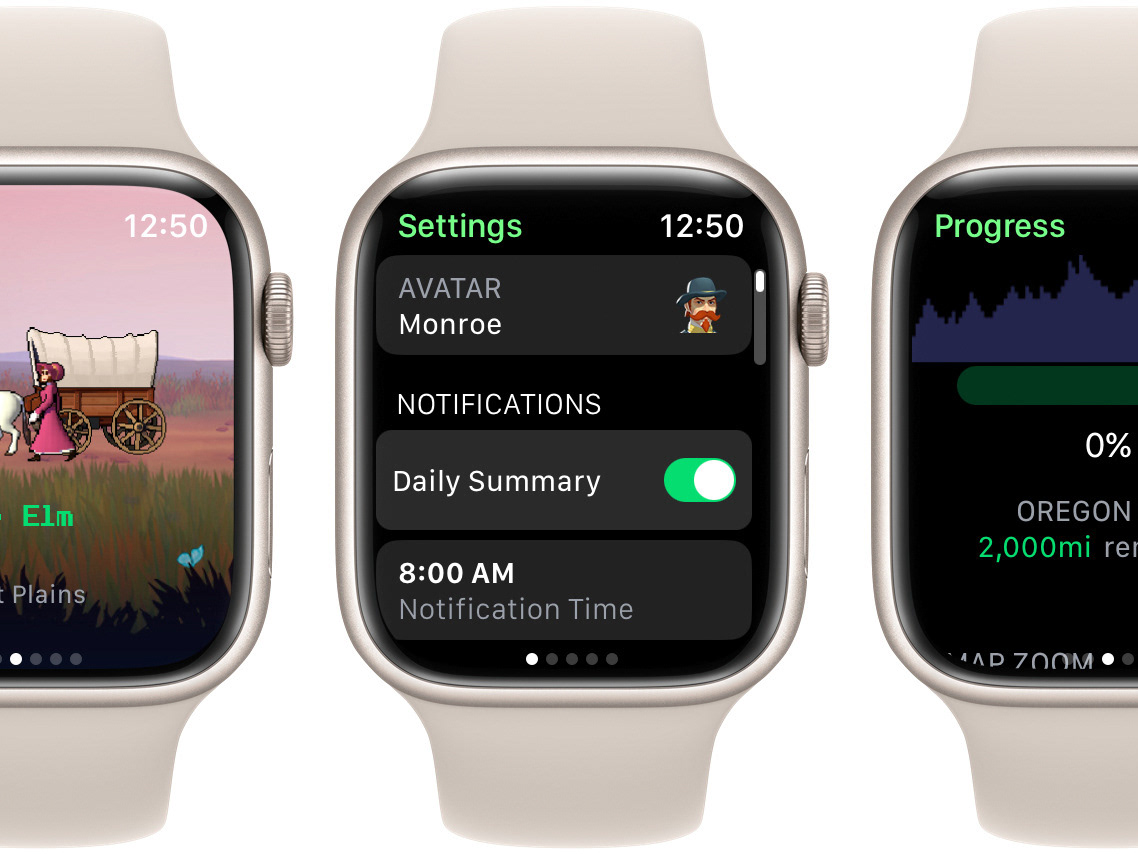Summary
Type: Professional Experience
Completed: Released
Acquirable: Online Service
My Role: Game Designer
Studio: Mathspace
Time at the studio: April 2024 - Jan 2025
Overview
During my 9 months at Mathspace I worked as a game systems designer focused on increasing student engagement through progression mechanics, class-wide minigames, and personalised player profiles for its 200,000 concurrent users. I designed and implemented features that encouraged consistent participation, strengthened intrinsic motivation, and made daily learning feel more rewarding.
This included building two asynchronous class minigames, creating a full avatar and badge progression system, tuning XP curves through spreadsheets, and running player feedback sessions to validate improvements. The goal was to introduce game-like structure and motivation into an educational environment without disrupting core learning outcomes.
Audience
The core audience for these features were:
• Australian, New Zealand and American High school students (Years 7–10)
• Using math lessons daily at school and at home
• Often interacting in short bursts or structured class sessions
• Mixed device environments: laptops, Chromebooks, tablets
Motivation and attention varied heavily between students, so features needed to:
• Be instantly understandable
• Require minimal onboarding
• Work for mixed skill levels
• Scale to classrooms of 20–30+ students asynchronously.
My Role
I was responsible for the design, prototyping, and implementation of several key engagement systems.
Minigames
I fully implemented two class-wide asynchronous minigames:
1. Tug of War
• Entire class contributed by completing questions
• Each correct answer applied “tug power” to their team
• Encouraged collaboration + friendly competition
• Required scaling logic to fairly represent smaller/larger classes
2. Picture Completion
• Students earned “pieces” of an image by completing tasks
• Class collectively revealed a final picture
• Designed to encourage continuous participation
• Balanced piece drop rates using spreadsheet modelling
These minigames:
• Motivated students to stay on task longer
• Created a sense of shared progress
• Made maths lessons feel more energetic and fun.
Player Profile System
I implemented a persistent player profile including:
• Avatar customisation (cosmetics, unlocks)
• XP progression
• Achievements (“Badges”) replacing the old “states” system
• Streaks and daily/weekly goals driven by the teacher
This brought a game-like sense of identity and long-term motivation to the product.
UX & Interaction Design
• Designed UI/UX flows in Figma
• Conducted student surveys and classroom testing
• Observed behavioural patterns during lessons
• Adjusted prototypes based on student comprehension, excitement, and confusion
• Made iterative improvements to clarity, pacing, and reward timing
Balancing & Systems Design
• Built spreadsheets for:
• XP scaling
• Reward pacing
• Badge difficulty brackets
• Contribution weights for minigames
• Simulated classroom behaviours (fast students, slow students, inconsistent users)
• Ensured systems felt fair without being exploitable
What I Delivered
• Two fully implemented asynchronous minigames
• A complete student profile system with customisation
• Achievement system (“Badges”) with progression rules
• Revised XP curve with smoother motivation ramps
• Clearer task feedback and reward feedback
• Prototyped user flows for new features
• Improved onboarding and comprehension for new students
Impact On Students
Students reacted positively to the new features, enjoying customisation, achievements and the competitive minigames. Most teachers noted that students were eager to participate, especially when the minigames matched the lesson topic, and appreciated that engagement increased without adding extra workload.
Why This Shows My Design Strengths
My work at Mathspace shows my strength in designing systems around the needs of the audience, students and teachers in this instance. I created progression, achievements and class minigames that matched how students actually played and stayed motivated. By observing behaviour and tuning the mechanics around real feedback, I delivered features that increased engagement and made teachers want to use the service more.
What I'd Do Next Time
Next time, I would set a clearer playtesting schedule with the producer and establish alternatives when full sessions are not possible. I would also revisit the design of the picture completion minigame. In hindsight it relied too much on passive contribution and did not encourage all students to participate equally. I would explore mechanics that require more individual involvement while still keeping the activity class-wide.













